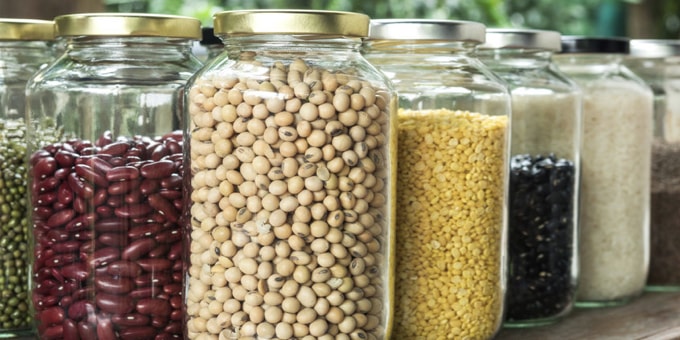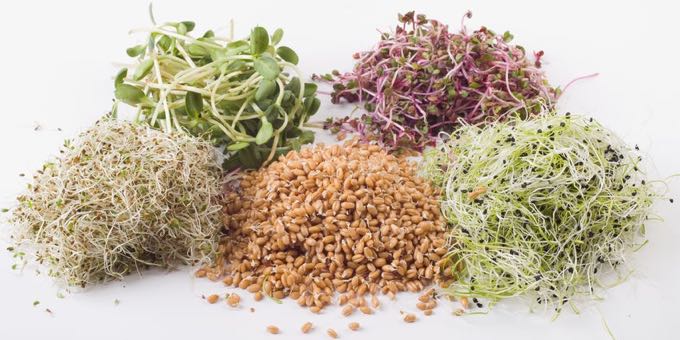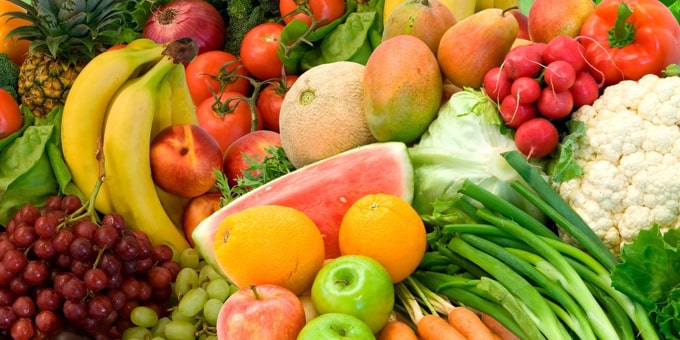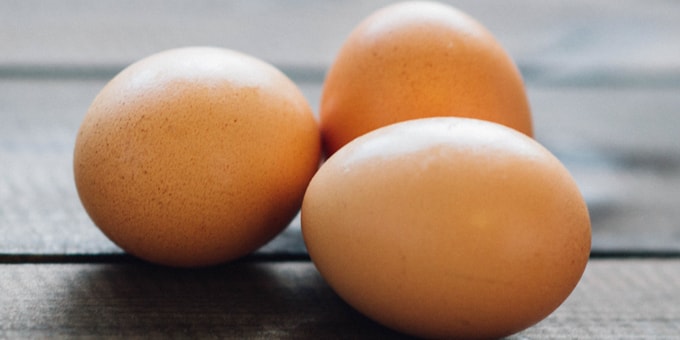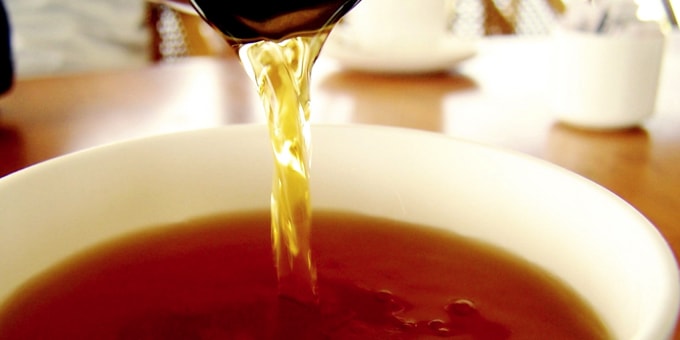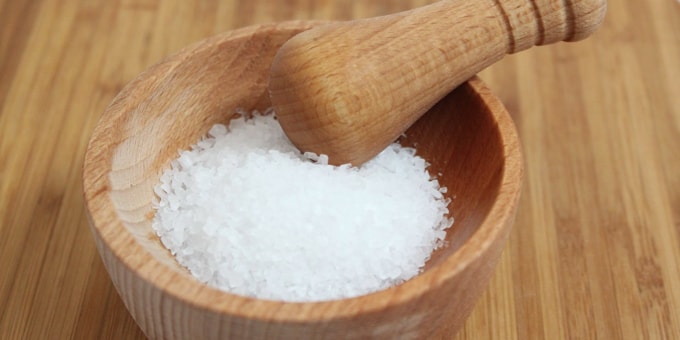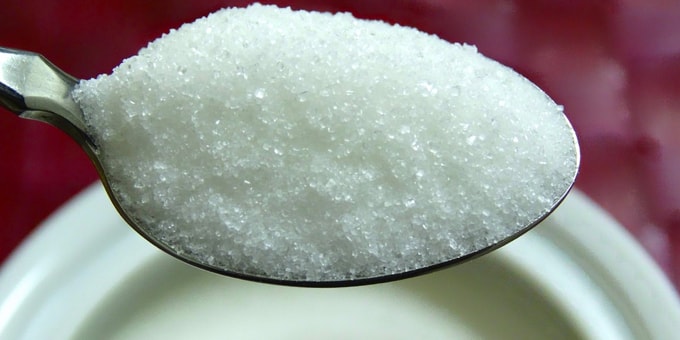BEANS & LEGUMES BASICS
Beans and Legumes, what’s the difference? For starters, a bean is a legume, but a legume is not necessarily a bean.
BEANS
Beans, the nutritious edible seed of plants from the legume family are nutritious in protein and fiber and full of complex carbohydrates. Besides their nutritional properties and low cost, they can be easily stored, will almost never go bad, and are environmentally friendly.
LEGUMES
A legume is any plant in the legume (Leguminosae) family – beans, lentils, peas, and peanuts. They enclose their seeds inside their pods and these seeds are what we eat. When both the seed and the pod is consumed, like with green beans and snow peas, the legume is considered to be a vegetable. They’re also considered to be a superfood since they’re low in fat, have no cholesterol, and are high in fiber, folate, iron, potassium, magnesium, and protein.
HEALTH BENEFITS OF BEANS
Lowering Cholesterol
The soluble fiber in beans plays an important role in controlling blood cholesterol levels. Studies have found that around 10 grams of soluble fiber a day (½ – 1 ½ cups of navy beans) can reduce LDL cholesterol by about 10%. They also contain phytosterols and saponins which can help lower cholesterol.
Managing Diabetes
The balance of complex carbohydrates and protein provides a slow and steady source of glucose, unlike the sudden surge that can happen after eating simple carbohydrates.
Preventing Heart Disease
Studies have shown that people who eat more legumes have a lower risk of heart disease. It might in part be due phytochemicals found in beans since they protect against it.
Fighting Cancer
Beans contain isoflavones and phytosterols which are cancer-fighting plant chemicals associated with reduced cancer risk.
Weight Loss
They help you feel full more quickly due to the rich fiber content and causes a slower rise in blood sugar. They help ward off hunger longer and can give you a steady supply of energy.
POSSIBLE HEALTH RISKS
Vitamin Absorption
Soybeans for instance, contain substances that interfere with the absorption of betacarotene and vitamins B12 and D. The good news is – the heat from cooking them inactivates most of these substances, which makes vitamin absorption more likely.
Migraines
Some legumes can trigger and allergic reaction or migraines for some people. If this should happen to you remove them from your diet and talk to your doctor.
Trigger Gout
If you are a gout suffer, talk with your doctor about your bean consumption. Often people with gout are advised to avoid dried peas, beans, lentils, and other legumes due to their high purine content. Purines increase levels of uric acid and can precipitate a gout attack to those who are susceptible.
Raising Blood Pressure
If you take an MAO (monoamine oxidase) inhibitor to treat depression, make sure to avoid fava beans as they can interact with your medication and raise blood pressure.
Make You Gassy
Not really a health risk but good to remember – they may cause a flatulence problem. The most likely culprits are dried beans, lentils, and peas. Changing your soaking water several times during the soaking and cooking process can help reduce this. Also, always rinse canned beans.
Sources:
erinnudi.com/2014/10/22/difference-beans-legumes
rd.com/health/conditions/health-benefits-of-beans
In the mood for some healthy, fiber-filled beans?
Pam’s Baked Beans Recipe is one to try!

